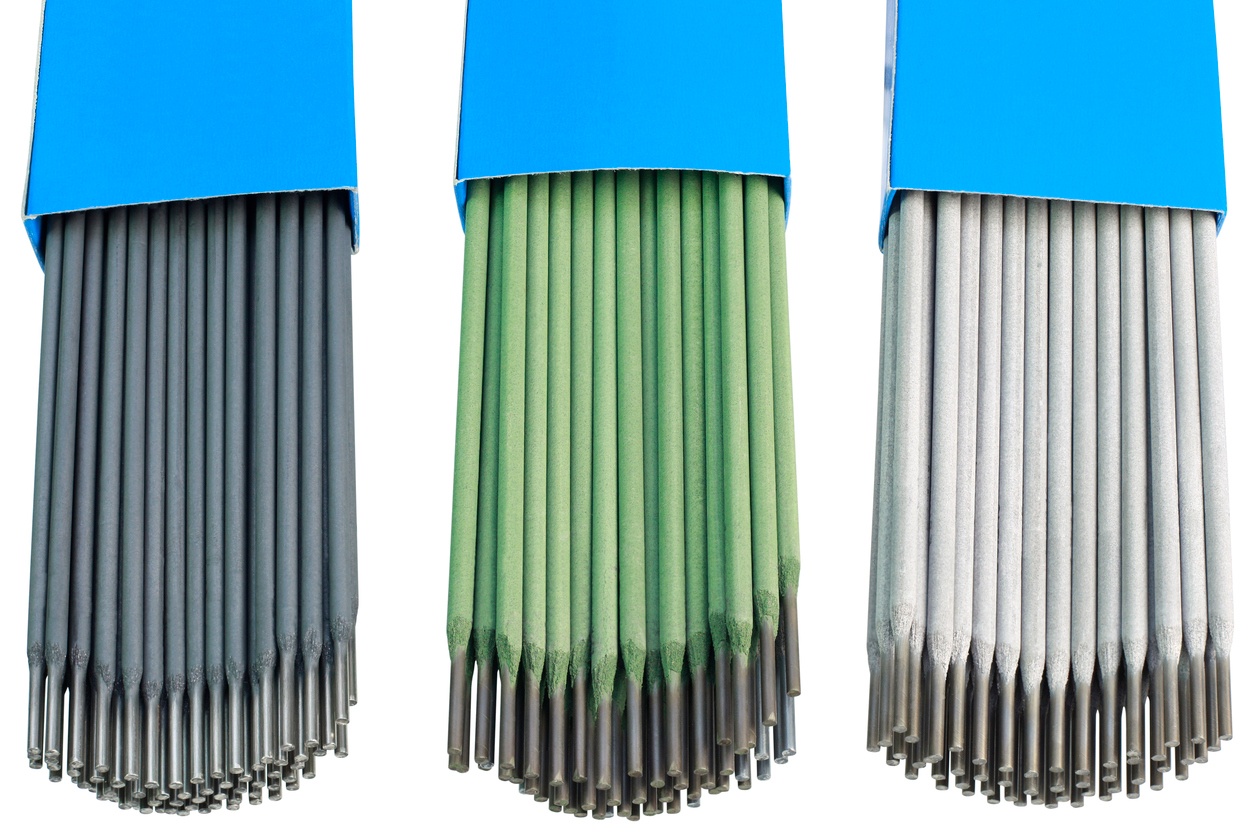Basic Facts On Welding Rods

In gas welding or brazing where the electrodes don’t include a filler metal, welding rods are essential to the metal joining process. For people who work in the business the welding rod is probably the most important piece of equipment since this is where all the action takes place. The welding rod concentrates heat and leads to the manipulation of the metal, which is why the correct choice is determined by a whole series of factors. First of all we should mention the fact that the welding rod is selected according to the type of material that needs to be worked on. The decision is made according to the metal structure: mild or low, steel or aluminum and so on.
Then the presence of melted components in an alloy may also influence the type of welding rod used in the process: chromium, manganese and vanadium are usually the more likely to be present in the metal that is going to be welded. Furthermore, copper, bronze, aluminum and lead require the use of special rods for smooth technological processing. The correct welding rod is the guarantee of a good metal bonding; if you cannot distinguish among the many types of welding rods it is good to ask for professional advice so as to avoid possible low quality weld execution.
Welding rods are marked with special numbers that reflect the tensile strength of their components. It is important to know how to read the special information formulated under the form of numbers, since the success of the metal joining relies on this interpretation. They are general guidelines that point to the metal type, the flux compounds, the arc penetration level, the type of the power supply necessary and the position of the joint where the weld needs to be made.
The diameter of the welding rods used in any technological process needs to be chosen according to the thickness of the metal that needs to be processed. Professionals recommend that the welding rods and the metal have the same size, so that the amperage setting is made correctly. In case you make the mistake of setting an amperage superior to the dimensions of the welding rods, too much heat will be generated. There are two possible outcomes of such situations: either the welder has to be quicker in the execution or the metal will burn out. In case the amperage is lower to the dimensions of the welding rods, the metal penetration won’t be satisfactory since the electric arc created is too sluggish to be effective.
Welders’ Health And Safety Hazards
Major job duties allow the description and prevention of health and safety hazards for welders; nevertheless, given the large variety of workplaces, it is nearly impossible to predict all hazards that may appear. Welders usually work in facilities that produce steel, heavy machinery, ships or special equipments, and there are also several industrial sectors that provide various opportunities such as the automotive, forestry, construction and mining industries. Safety and health risks may be dealt with according to several general categories depending on the way the chemicals and materials may affect health and safety during the utilization process.
Welders may be exposed to fumes that result from the technological process: metallic oxides, fluorides and silicates. Extra precaution measures should be taken when there is the risk of welders inhaling these fumes with harmful effects on human health. Fumes result from the excessive metal heat that allows the formation of some fine solid particles after condensation, and they usually contain chemicals from the electrodes and from the metal coating or paint that is exposed to the welding process. Compressed gases such as acetylene and flammable combustible liquids represent other potential hazards for welders; following all safety rules and procedures should therefore reduce the number of accidents to the minimum.
Ergonomic risks also need to be mentioned in relation to the safety policy applied to welders since lots of sprains, strains and skeleto-muscular deficiencies result from work conditions. Welders often have to lift heavy objects, work in uncomfortable positions for long periods of time or repeat motions that excessively solicit muscles and bones. Furthermore, in the category of physical risks welders run, eye damage is the most likely to happen. The use of auto darkening helmets protects the eyes from the action of the ultraviolets and the infrareds and reduces to number of cataract cases caused by radiation.
Modern working conditions involve the use of adequate utilities that prevent welders’ health hazards. Effective ventilation, careful storage of flammable substances, respiratory equipment and fire resistant gloves and aprons are only a few of the things that make welders’ work a lot safer. Basic knowledge of lifting techniques as well as the careful inspection of scaffolds and ladders limit the risks of work accidents. For the periods of time when awkward welding positions cannot be avoided, it is advisable to take frequent breaks so as not to develop any skeletal or muscular ailment that could become chronic in time.